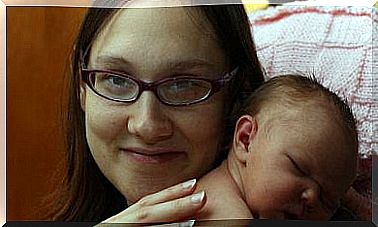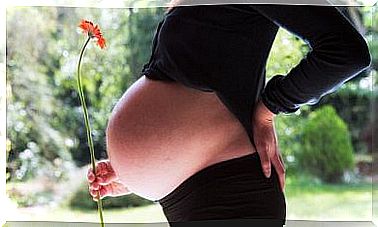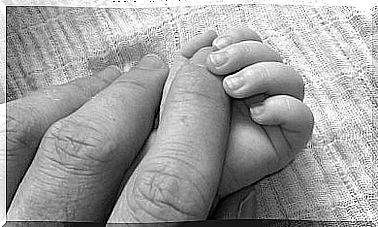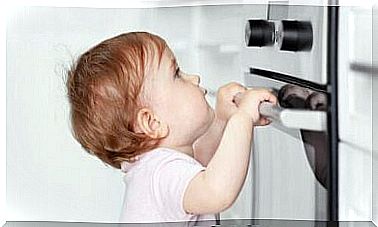How To Care For A Child’s Deciduous Teeth?
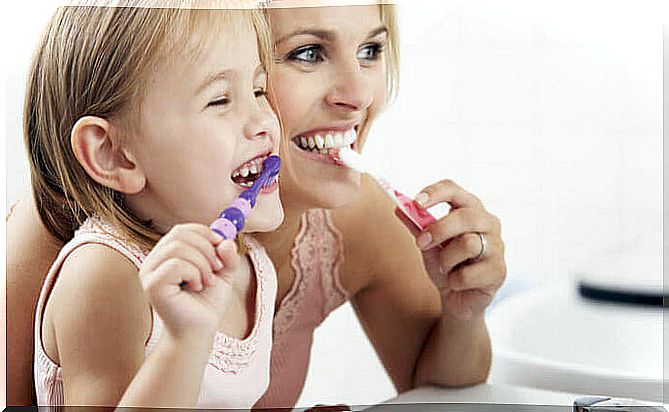
Milk teeth usually start to erupt at the age of 4-5 months, although in some children the first teeth appear earlier. The lower incisors first erupt, followed by the upper incisors, the second incisors, and canines. Outbreaks of milk teeth usually begin at about the age of one, and the entire deciduous tooth is typically complete when the child is 3 years old.
Milk teeth not only help the baby to talk and eat, but also keep a place for the iron teeth that grow over time. The deciduous teeth begin to disengage as the iron teeth begin to press against them. Usually this starts to happen at about 5 years of age. The other molars become last at the age of 10-11 years. Today we are talking about how parents should take care of a child’s baby teeth.
How to care for a child’s deciduous teeth?
1. Brush your child’s teeth twice a day
Brushing your baby’s teeth in the morning and evening will begin as soon as the first tooth erupts. The teeth are brushed with a soft baby brush. A child can start brushing their teeth themselves at about 3 years of age, but parents still need to make sure their teeth are actually cleaned. It is important that parents set a good example for the child. When they take good care of their oral hygiene, the child also learns good manners.
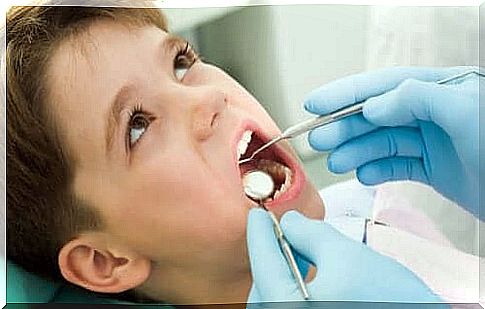
2. Take your child for a dental checkup annually
It is important to take your child to a dental checkup once a year. Children rarely have problems with deciduous teeth, but preventing the problems is the best treatment. The dentist can talk to the child, give advice and teach good oral hygiene practices. A child may listen better to a dentist than their own parents on the subject. By visiting the dentist regularly every year, the fear of the dentist can also be alleviated.
3. Healthy diet
A healthy diet plays a very important role in oral well-being. If a diet lacks some essential nutrients, many parts of the body suffer from its consequences – including teeth and mouth. If a child eats healthy food in a balanced way, there is nothing to worry about. Teach your child to eat a little of everything. It is good for a child to learn to try new foods, even if he or she may not like them. As a parent, he is allowed to make his own decisions, but when the child is still small, the parents dictate what to eat.
4. Avoid foods and beverages containing sugar
Like most children, your child may love everything sweet. However, try to keep candies and chocolates to a minimum. Allow your child to eat sweet foods only on special occasions or once a week under your supervision. The same goes for limbs. Get your child used to drinking water or sugar-free juices. Sugar has an addictive effect, and its excessive consumption in childhood can pay off later in life. For breakfast or a snack, the child can be given, for example, his or her favorite fruit.
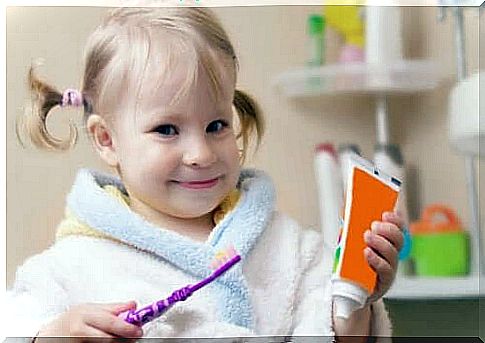
5. Talk to your child
Talking about health with a child is very important, and it is something that often gets less attention from parents. If we explain to the child why it is important to take good care of their teeth, the child may well understand for himself that it is a good idea to avoid foods that cause certain holes. As parents, we may sometimes underestimate our child’s ability to understand. Most of the time, children understand much more than we would think. Talk to a child as an adult.
Adopting good habits doesn’t have to be difficult. For example, there are many delicious but healthy alternatives to candy and chocolate. You just have to get to know them. For example, homemade fruit smoothies are full of nutrients and are really popular with children. It is good to remember that by caring for a child’s deciduous teeth, the child can avoid many problems in the future. The earlier you start, the easier it will be to adopt good oral hygiene practices. There is nothing a child would not learn when you encourage and encourage him.




